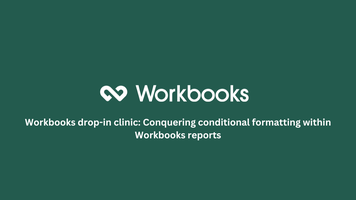
As an integral component of digital transformation, knowing how to implement CRM well can feel like a daunting task - but it doesn't have to be like this. Take the fear out of CRM implementation by following these basic steps and choosing a CRM partner who understands your business needs.
If you've got as far as thinking about your CRM implementation steps, chances are you're already feeling overwhelmed by the number and range of CRM platforms available. And it's probably left you with some deep concerns about the complexity of the job, not to mention doubts about how quickly you might be able to realize a return on your investment.
The first thing to know is that you are not alone. According to a recent Gartner report, Software as a Service (SaaS) holds the dominant position within the cloud service space, representing over 50% of the entire software market. CRM is a major player in the SaaS landscape, and this dominance is expected to grow in the coming years.
This suggests that people like you want a CRM implementation that doesn't come with a lot of embedded legacy baggage, and can deliver the benefits of constant evolution and refinement as cost-effectively as possible.
The second thing to realize is that by joining forces with the right CRM partner - and following some basic steps - you can implement a CRM system quickly and simply, and see an immediate return on your investment. This will help you to avoid some of the main pitfalls that lead CRM projects to fail.
With that in mind, let's take a look at some of the crucial CRM steps for implementation that could transform your process for the better.




